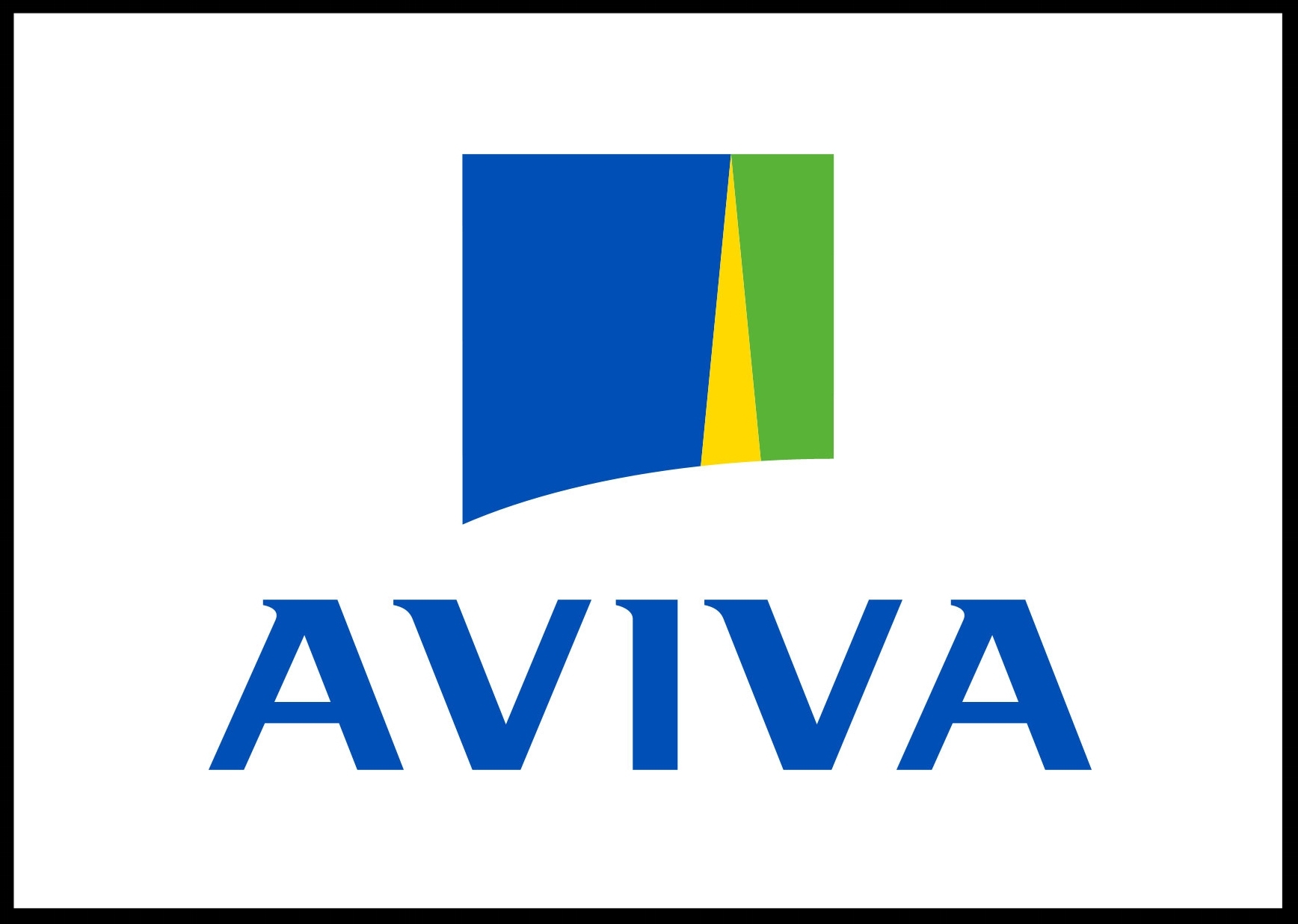During pregnancy, the abdominal muscles need to adapt to make room for the growing uterus. Diastasis recti (DRA) is when the muscles on the front of the abdomen separate (as they should), but do not come back together as well as expected after pregnancy. Please note that recovery after giving birth is a slow process, and although guidelines for DRA are limited, we do not recommend assessing, diagnosing, or attempting to treat DRA before 6 weeks postpartum.
Anatomy of Diastasis Recti
The muscles on the anterior abdominal wall are joined in the middle by the linea alba. This is a long piece of tissue, not dissimilar to a tendon, that runs from the bottom of the sternum (breastbone) to the pelvis. It is able to stretch to accommodate a growing baby (or other mass, including fat), but it is not contractile tissue like muscle. This means that it does not shrink back quickly once the need for expansion is removed.
Diagnosing Diastasis Recti
Frustratingly, there is little in the way of guidance for diagnosing or managing DRA. Good resources urge practitioners to take the depth of separation into account, as well as the width and length. As mentioned above, this should not be assessed before 6 weeks post partum, as diagnosing muscle separation before the body has had a chance to heal is not useful.
When you are past the 6 week mark, your osteopath can help you to test for a diastasis, or you can do it yourself. In clinic this will be done with you laying on your back on the plinth, or you can do it at home on your bed or the floor:
Laying on your back with your knees bent, place your fingers gently on the centre of your abdomen. A diastasis often occurs around the belly button, but it can be anywhere from the bottom of the sternum to the pelvis. You may need to reassess with your hands in a different place to be sure where your diastasis is.
Raise your head up as if looking down at your tummy, so that the abdominal muscles engage.
If you feel a gap under your fingers with the muscles engaged either side, you may have a diastasis.
General guidance suggests that a gap smaller than two finger widths does not warrant a diagnosis. You may still benefit from some rehabilitative exercises, especially if the gap is deep.
Effects Elsewhere
We often think of core “weakness” as a factor in lower back pain. Research is actually quite inconclusive, and a diastasis is not always a sign of muscle weakness anyway.
There is a stronger link between diastasis and hernia, which makes sense as there is less tissue for the intestines to push against before they can form a hernia here. This is more reason to avoid high intra-abdominal pressure, as you would get from exercises like crunches. If you feel a lump that you suspect is a hernia, you should get it checked to be sure. Note that the strangulation of a hernia, or a hernia that is significant enough to cause a bowel blockage are red flags. Severe abdominal pain or a reduction in bowel movement should be investigated urgently if you have a hernia.
Management Strategies
The best approach is focused on strengthening exercises. This is a slow process, as the stretched tissue itself is not a muscle, but it may be influenced by the muscles that it attaches to. Core exercises are good, but you need to address lateral and rotational movements as well as the usual flexion- and crunch type exercises are best avoided. Your osteopath can work with you to devise an exercise plan that suits you best, using exercises such as planks, side planks, and other variations. Don’t underestimate the demand of day to day activity on your core either; for example walking incorporates the movements mentioned above with minimal strain.
Click here to make an appointment for your diastasis in Naas






